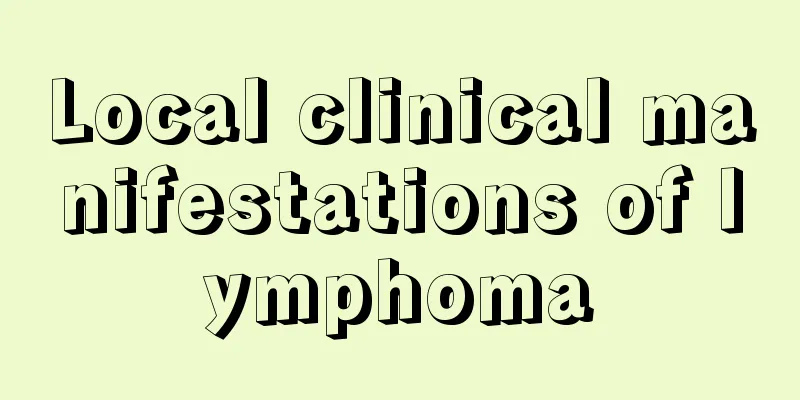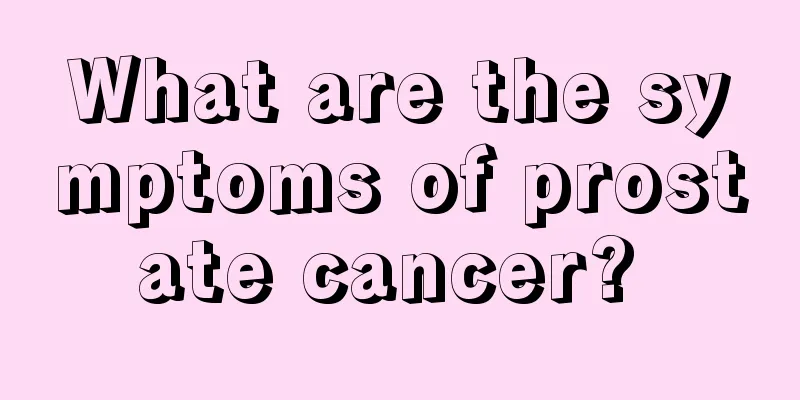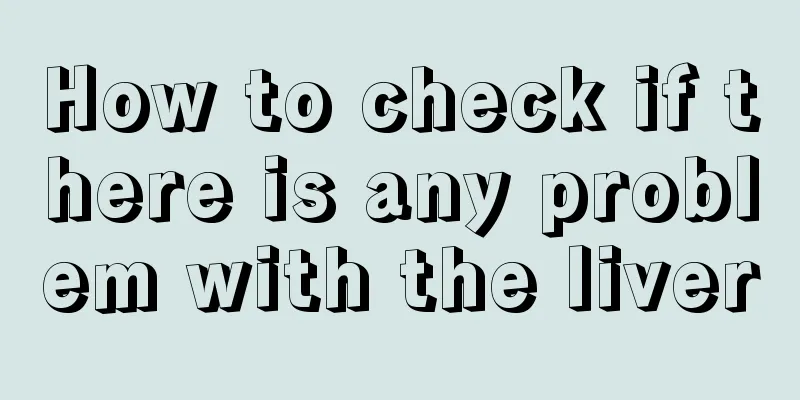What does non-invasive surgery mean

|
With the advancement of science and technology, modern medical technology is also gradually improving. When performing surgery, in addition to painless surgery, there is also a type of non-invasive surgery. I believe that the term non-invasive surgery is becoming more and more common in our daily lives. Non-invasive surgery mainly uses the principle of ultrasound to treat the human body. Therefore, everyone should also have some appropriate knowledge about non-invasive surgery. Non-invasive treatment means non-traumatic treatment, which does not require surgery or bleeding. Ultrasonic surgery performed from outside the body to the inside of the body is non-invasive treatment. It has the advantages of being non-traumatic, requiring no general anesthesia, requiring no surgery, and having no bleeding or infection. What is non-invasive examination? Since this method requires data accumulation, three chromosomal diseases are currently used for clinical testing: trisomy 21, trisomy 18, and trisomy 13. People who undergo non-invasive examinations 1. Pregnant women who are older (≥35 years old) and unwilling to choose invasive prenatal diagnosis; 2. Pregnant women whose Down syndrome screening results are high risk or whose single index values have changed and who are unwilling to choose invasive prenatal diagnosis; 3. Pregnant women whose fetal NT value is increased or other anatomical abnormalities are found in B-ultrasound during pregnancy and who are unwilling to choose invasive prenatal diagnosis; 4. Pregnant women who are not suitable for invasive prenatal diagnosis, such as virus carriers, placenta previa, placenta low, oligohydramnios, RH negative blood type, history of miscarriage, threatened miscarriage or precious baby, etc.; 5. Pregnant women who have failed amniocentesis cell culture and are unwilling or unable to undergo invasive prenatal diagnosis again; Pregnant women who wish to rule out fetal trisomy 21, trisomy 18, and trisomy 13 syndrome and voluntarily choose non-invasive prenatal testing. 6. Pregnant women with positive serum screening test and those who have psychological barriers to prenatal diagnosis; Every couple is at risk of having a child with a chromosomal disorder. Its occurrence is accidental and random, with no prior signs, no family history, and no clear history of exposure to toxic substances. The incidence rate increases with the age of the pregnant woman. There is currently no effective treatment for chromosomal diseases. The continuous progress of science has brought more and more convenience to people's lives. When you can get accurate information in the hospital, it is best not to use some folk remedies to judge for yourself. Many of the results obtained by these methods are inaccurate. If nothing serious happens, it's okay. Once an accident occurs, it will be a lifelong regret. Please be cautious when taking care of your fetus. |
<<: The difference between subungual bleeding and onychomycosis
>>: How long can black beans be stored
Recommend
How to clean dirty fur
Fur is a kind of precious clothing, which is main...
Can I drink goat milk when I have a cold? Can I drink goat milk when I have a cold and cough?
Cold is a common disease, and it is usually a ver...
Why does my chest keep hurting? You should know these reasons
What is the cause of chest pain? This is a questi...
Three steps of cardiopulmonary resuscitation
Cardiopulmonary resuscitation refers to emergency...
Common painless early symptoms of bladder cancer
At present, bladder cancer is a very common tumor...
Is it uncomfortable to do a barium meal?
Patients generally do not experience pain or othe...
Why does my face turn red after washing
Washing the face is something people do every day...
How long does it take to stop taking medication after osteosarcoma
Osteosarcoma is a malignant tumor disease. If you...
The cause of gastric cancer is not unique
Gastric cancer is the most common type of maligna...
How to get rid of dandruff, teach you simple and practical methods
Many people have dandruff problems. How to get ri...
Scientific weight loss methods teach you how to lose weight healthily
Losing weight is a topic that people often talk a...
What does thick hair mean?
In fact, we all hope to have thick black hair, an...
The relationship between drinking milk and prostate cancer
The relationship between drinking milk and prosta...
What are the symptoms of ovarian cancer
In recent years, the number of female friends suf...
What to do if something gets into your eyes
I believe that most people have experienced somet...









